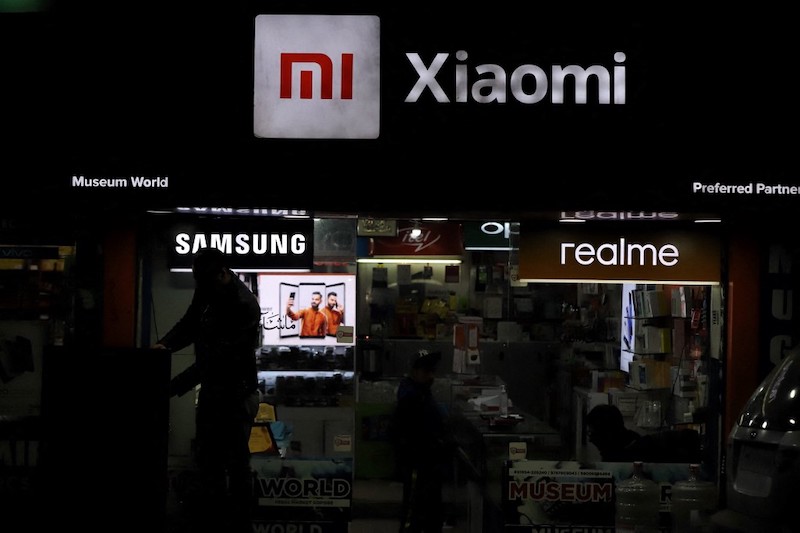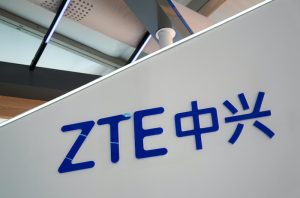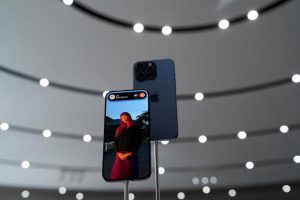India is pushing tech giants to make smartphones compatible with its home-grown navigation system by next year, worrying some of the world’s biggest phone-makers.
Groups such as Samsung, Xiaomi and Apple fear elevated costs and disruptions as the move requires hardware changes, according to industry sources and government documents.
In line with Prime Minister Narendra Modi’s drive for self-reliance, India has over the years expanded the use of its regional navigation satellite system called NavIC – Navigation with Indian Constellation.
The Indian government wants to reduce dependence on foreign systems, including the widely used US Global Positioning System (GPS), and says NavIC provides more accurate domestic navigation and that its use would benefit the economy.
China, the European Union, Japan and Russia all have their own global or regional navigation systems to rival GPS. But the uptake of NavIC, which has been operational since 2018, is minimal; it is mandated in public vehicle location trackers, for example.
But government and industry documents show Modi’s administration and space officials want to broaden its use, and have this year pushed smartphone giants to make hardware changes to support NavIC, in addition to GPS, in new phones they will sell from January 2023.
In private meetings in August and September, representatives of Apple, Xiaomi, Samsung Electronics and others pushed back, citing worries that making phones NavIC-compliant would mean higher research and production costs.
The changes would also require more testing clearances, which, with a January 1 deadline, would disrupt businesses and planned launches, according to two smartphone industry sources and documents.
ALSO SEE:
Concern on Costs
Samsung declined comment on the meetings, while Apple and Xiaomi did not respond to requests for comment. India’s IT ministry and the space agency ISRO that are both involved in the project also did not respond.
Samsung in particular voiced concerns during a closed-door meeting on September 2 between top smartphone players and chipmakers with India’s IT ministry and space agency officials, according to meeting minutes.
Samsung’s India executive Binu George warned of cost worries, telling officials that NavIC support requires not just new smartphone chipsets but also many other components.
“This would add to cost as it requires hardware design changes and additional investments to support devices specific to India. Further, the companies have already prepared for models to be launched in 2024,” the minutes quoted him as saying.
George did not respond to a request for comment.
The smartphone players have sought time until 2025 to implement the changes, and a final decision is expected in coming days, a senior government official said.
The minutes said the Indian space agency will provide technical support for implementing NavIC in new smartphones, adding another meeting may be called.
India vs The Rest
India’s space agency has said systems like GPS and Russia’s GLONASS are operated by their countries’ defence agencies, making it possible for civilian service to be interrupted.
NavIC, it says, is fully under the control of the Indian government, which one day wants to take it global like GPS.
India would not be the first country to push smartphone makers to add support for a native navigation system.
Russia has sought to mandate inclusion of its own GLONASS system in smartphones sold locally to reduce reliance on GPS, which Washington can switch off for civilian subscribers as it did during military operations in Iraq.
China’s Beidou was completed in June 2020, and, though not mandated, the official Xinhua news agency has reported that in 2021, 94.5% of China-made smartphones had Beidou support.
Xiaomi and Samsung together account for 38% of the smartphone market in India, the world’s second biggest after China. Apple’s more expensive smartphones have a roughly 3% share in India, data from Hong Kong-based research firm Counterpoint shows.
Other Chinese manufactures making up a further 28% of the market were also present at the September 2 meeting, government minutes show. China’s Realme, which has a 16% market share, did not attend, and neither did smaller manufacturers.
Apple‘s website says it already supports the five global and regional navigation networks including GPS, GLONASS and BeiDou in current iPhones. The Indian directive could force it to add a new one.
A key concern for players like Samsung and Xiaomi remains the higher cost of so-called dual band chipsets they would need to support both GPS and NavIC, as these companies are leaders in the sub-$200 category in India’s price-sensitive market, the smartphone industry sources said.
Phonemakers Push L1 Satellite Band
For procuring NavIC-compliant chipsets, most smartphone makers are reliant on global giants such as US chip designer Qualcomm and Taiwan’s MediaTek.
Voluntary use of such chipsets has been limited in India as phone manufacturers remain hesitant to add the extra components – and cost – required to make it work, Parv Sharma, a senior semiconducter analyst at Counterpoint, said.
India’s space agency said that by mid-2021, only about two dozen mobile handset models in India had NavIC capability. In total there are around 300, Counterpoint has said.
During the September 2 meeting, MediaTek said all of the company’s chipsets for 5G phones would support NavIC, with “some cost enhancement” and additional hardware. MediaTek added that it expected about 80% of mobile phones to be 5G-enabled in two years.
MediaTek declined to comment. Qualcomm in a statement said it has been working with the Indian space agency to enable NavIC on its chipsets for years and will continue to do so.
Another lobbying push from smartphone players is to convince the Indian government to make NavIC available on the so-called L1 satellite frequency which is already used by GPS, and not only on the L5 frequency used by New Delhi.
That, executives say, will make it easier for manufacturers to integrate NavIC in chipsets which mostly support the L1 band the world over, curbing separate development costs for NavIC.
Indian space agency ISRO told the September 2 gathering that was not immediately possible, as NavIC was likely to be available on the L1 band only by 2024-25, after more satellite launches, the meeting’s record shows.
- Reuters with additional editing by Jim Pollard
ALSO SEE:
China Smartphones Lift Russia Share as Apple, Samsung Fall
























